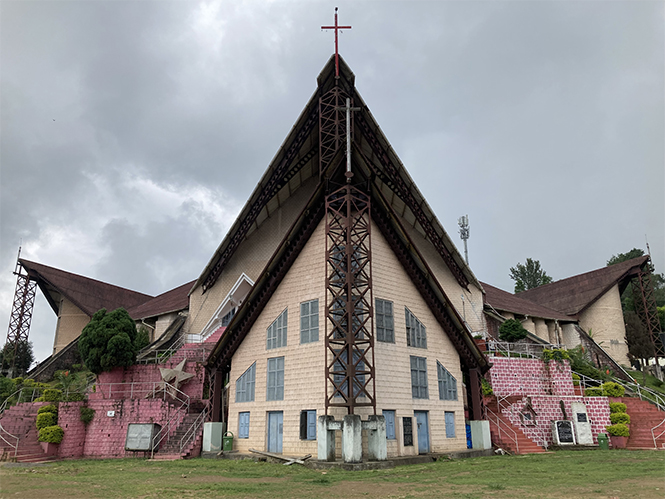Monuments, Temporality, and the Aesthetics of Indigenous Presence in Postcolonial South Asia
Identifier (Artikel)
Abstract
Despite their increasing visibility on highways and in prominent spaces in cities and villages across Nagaland and Naga-inhabited regions in northeast India since the early 1990s, monuments to the history of Naga nationalism have failed to garner significant scholarly attention. On the one hand, they are dismissed by urban Nagas as passive illustrations of the ideologically motivated “agendas” of Naga nationalist organizations. On the other, their continuities with the Naga stone monolith form remain unaddressed, rooted in the longstanding assumption that the influx of Christianity and literacy has meant that “tribal culture” is ruptured from the present. If the former approach suffers from a limiting historicism that imprisons the monument within a preconceived sense of historical and chronological time, the latter reproduces the problem of essentialism, which denies the Naga stone monolith any time. In this article, I challenge the dismissal of these monuments on both historicist and essentialist grounds. I demonstrate that theirformal, scalar, and spatial particularities materialize a monumental form that constantly slips across the border between the secular domain of the war monument and the ritual domain of the Naga stone monolith. This movement across these supposedly separate and opposed domains of practice enacts a plural and layered temporality, which foregrounds monumentality as the ground to engage the lived realities and histories of a borderland region. It also illuminates the political significance of the aesthetic in the Indigenously inhabited and politically contested region amidst its marginalization by the state in postcolonial South Asia.
Statistiken


Lizenz

Dieses Werk steht unter der Lizenz Creative Commons Namensnennung - Nicht-kommerziell - Keine Bearbeitungen 4.0 International.


